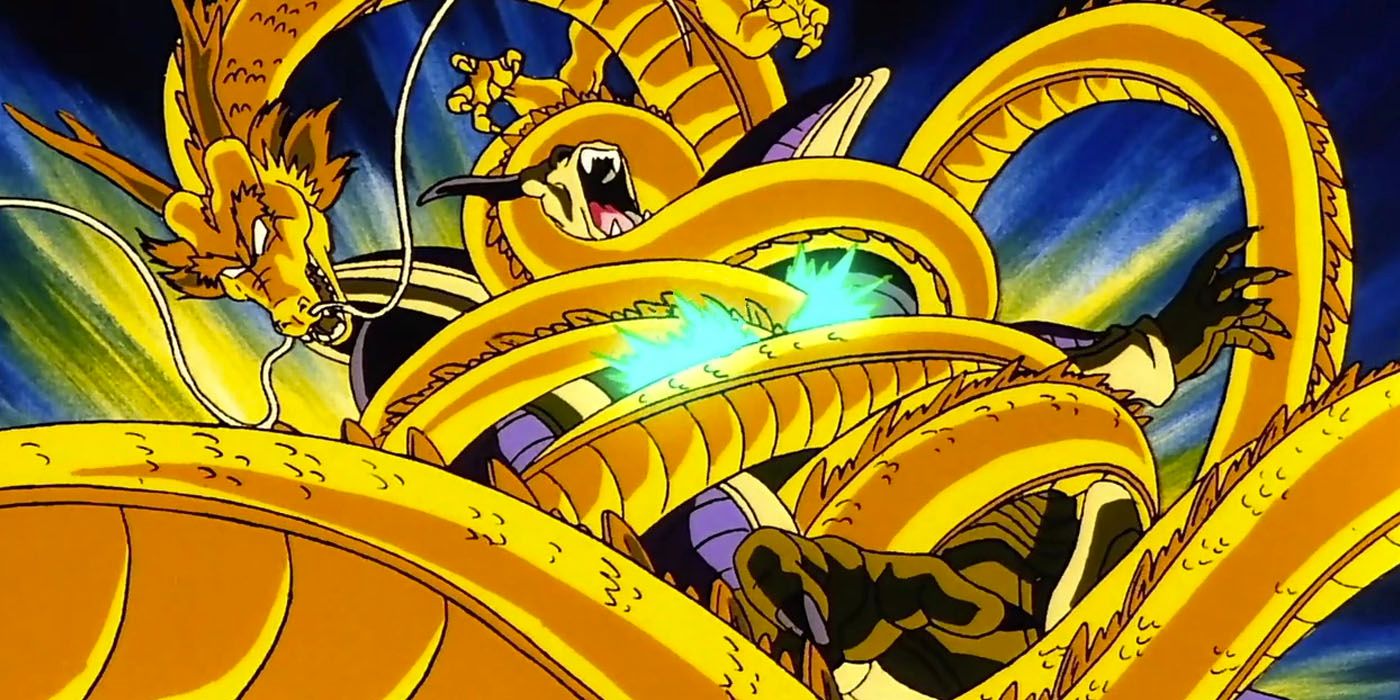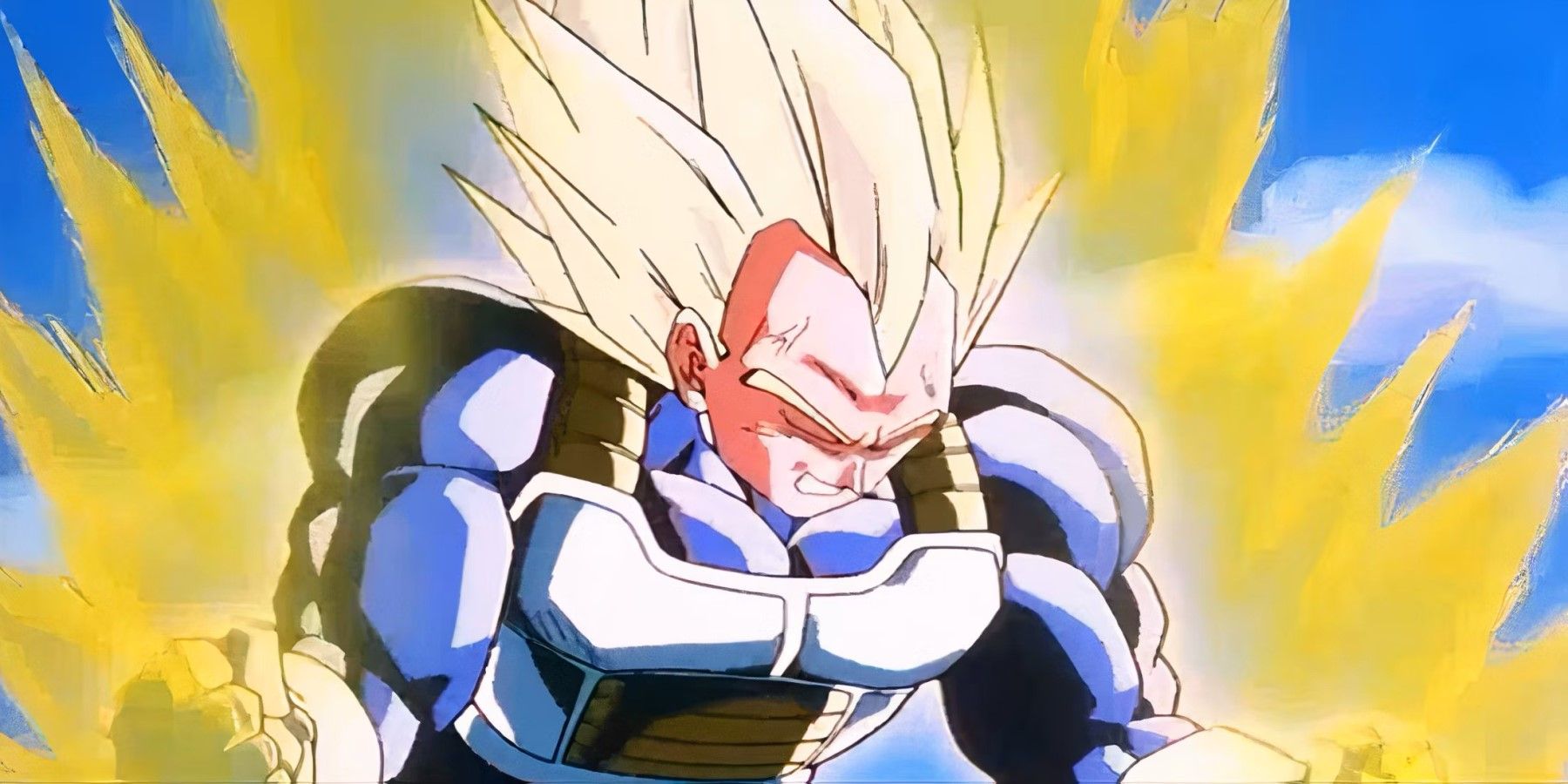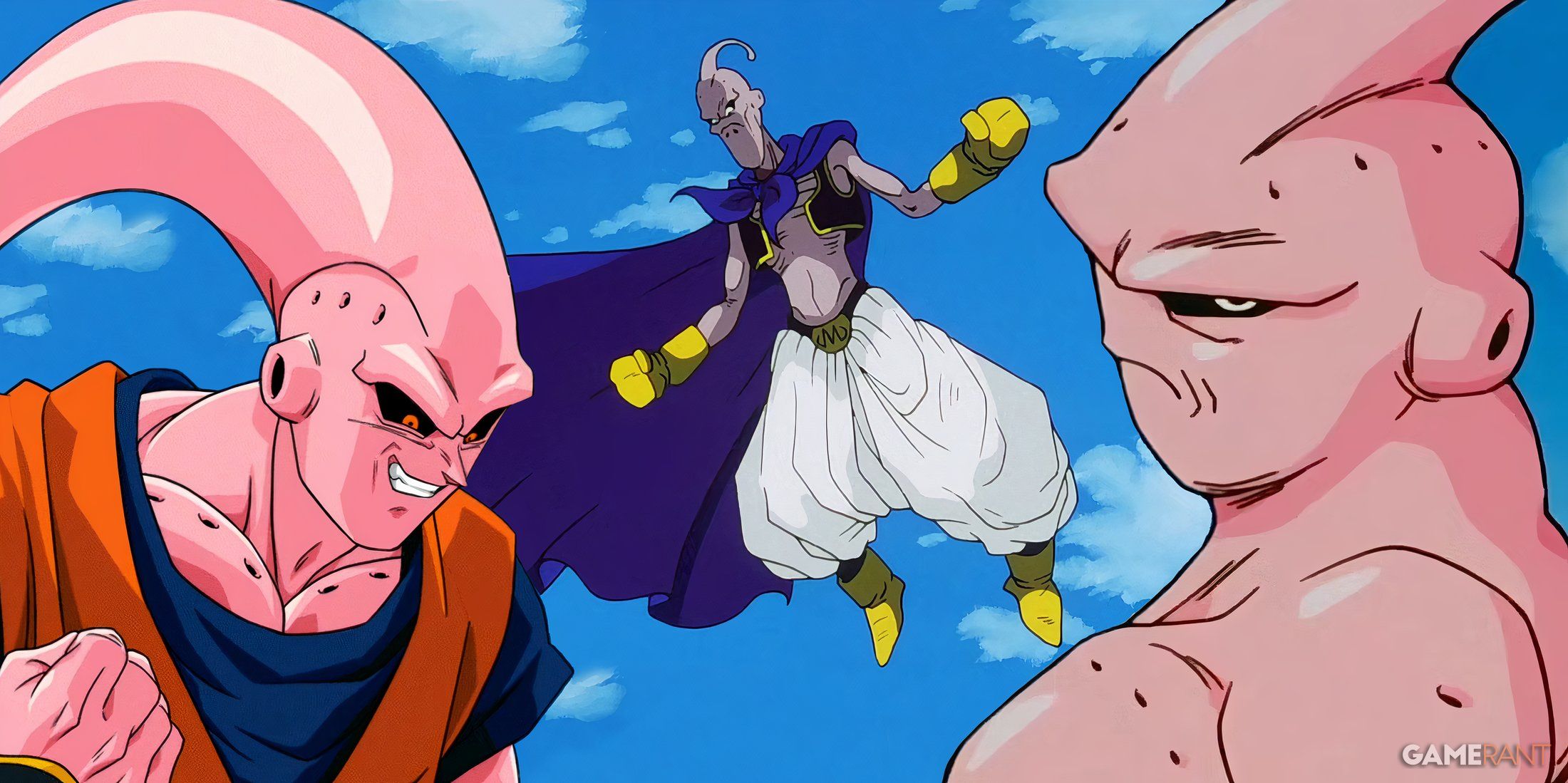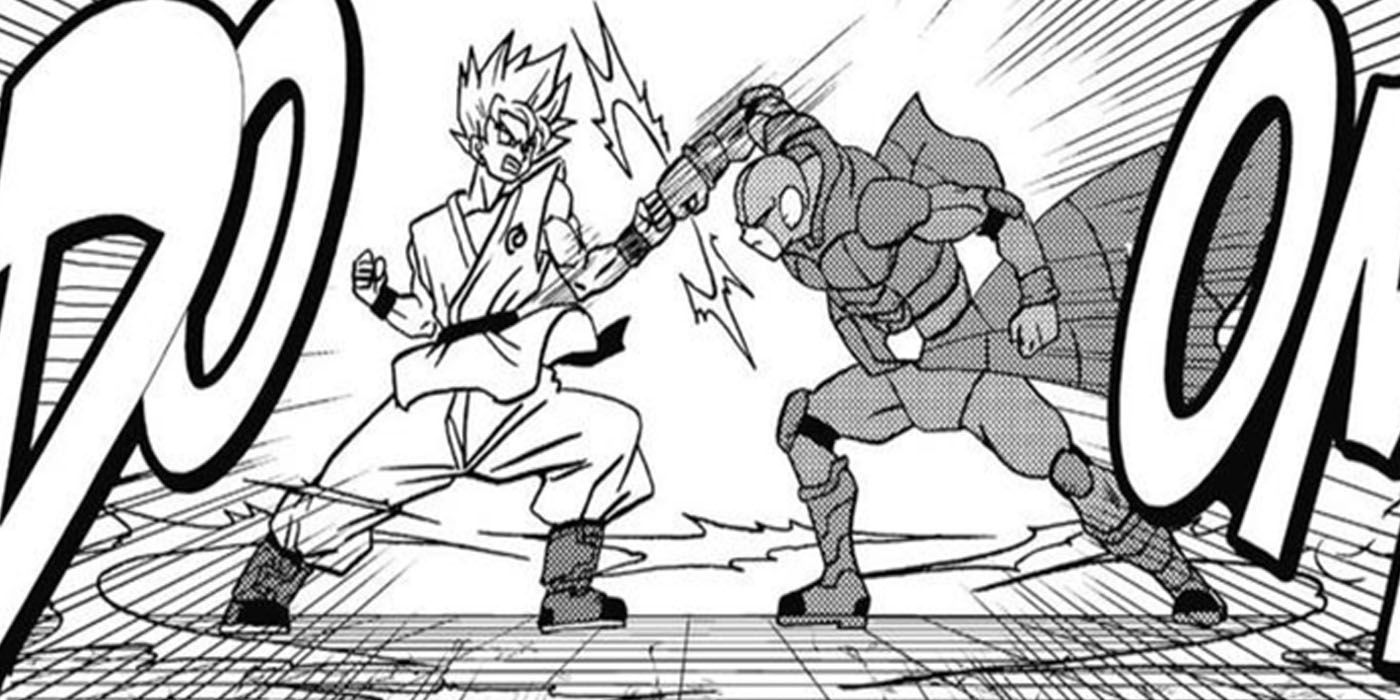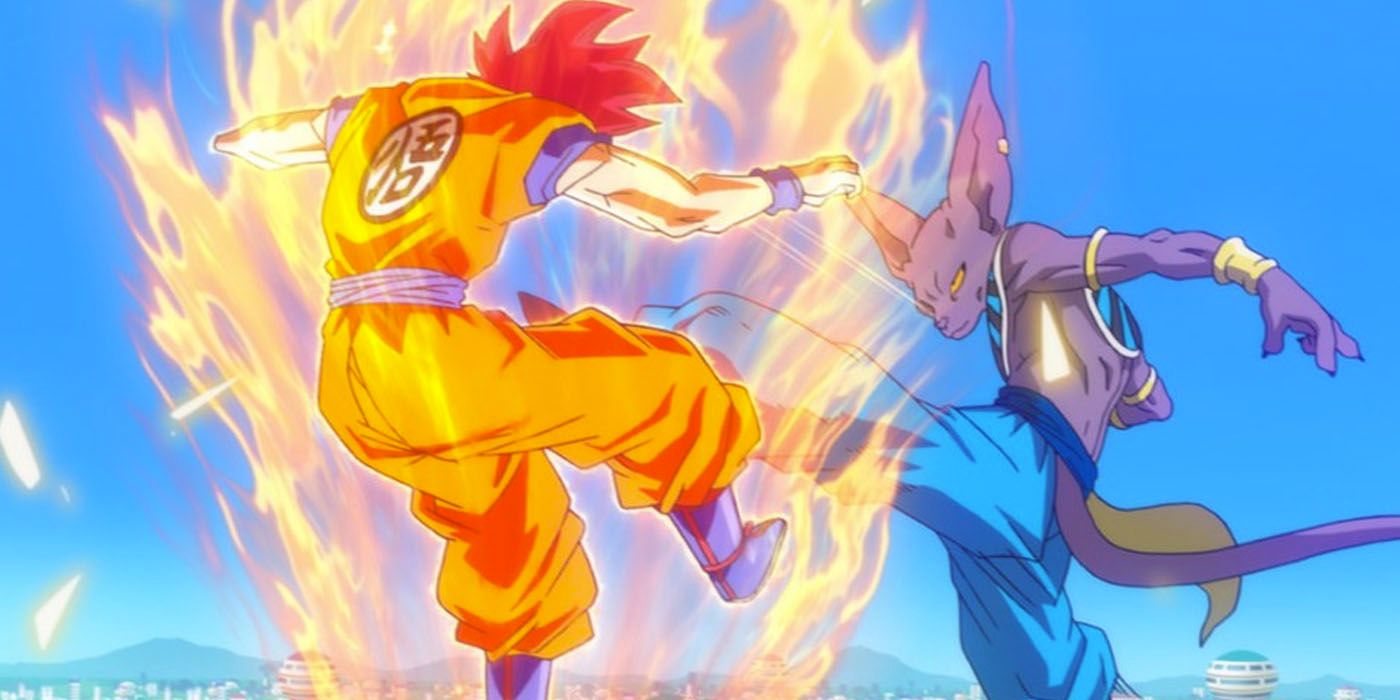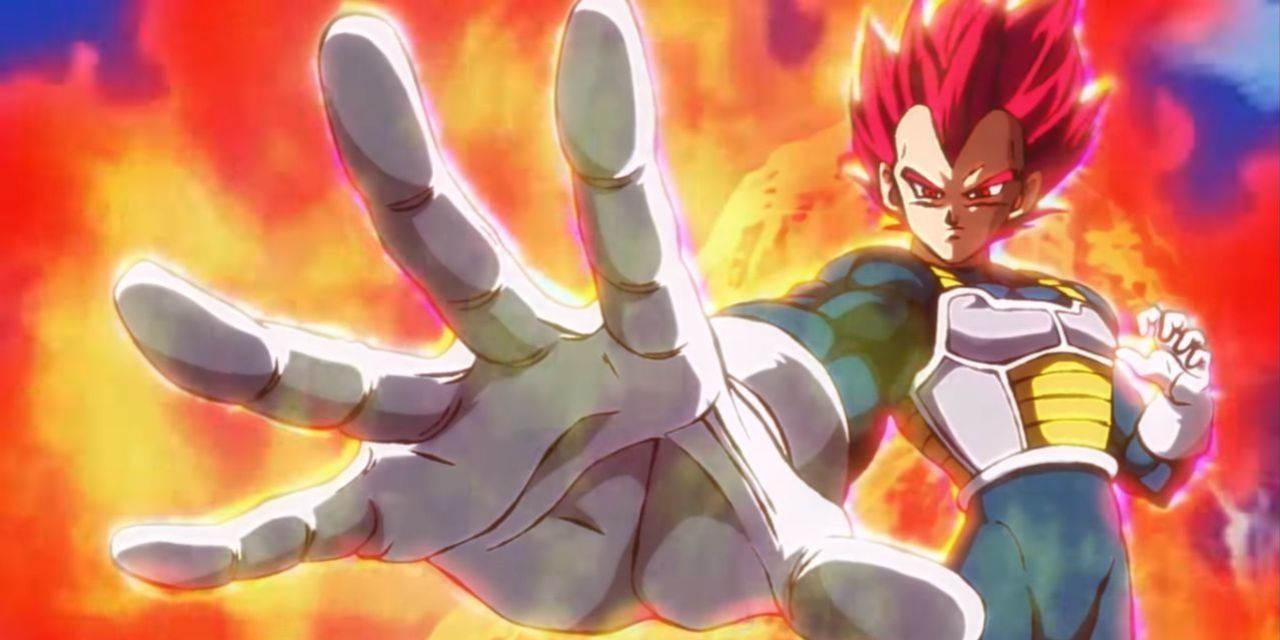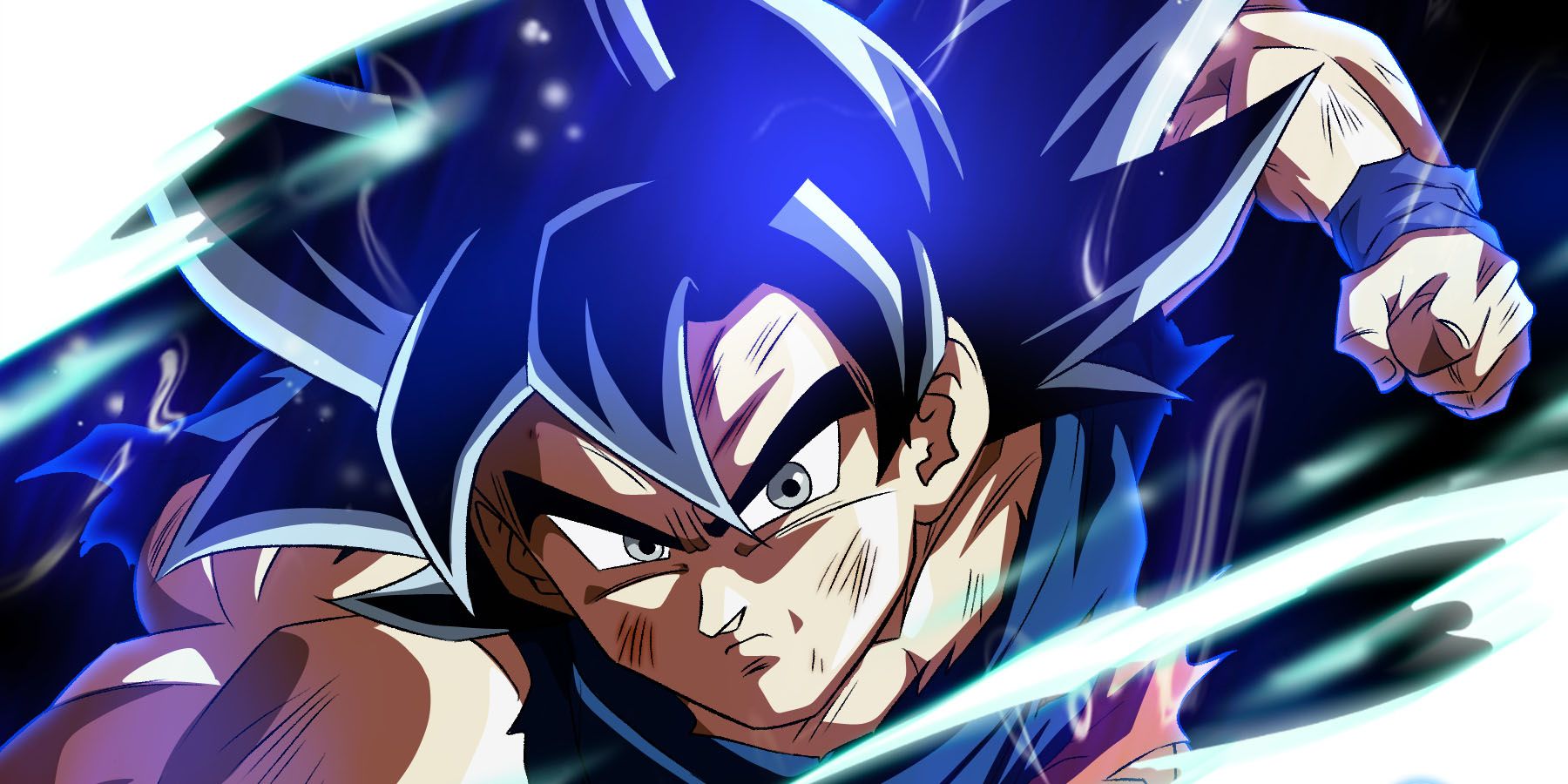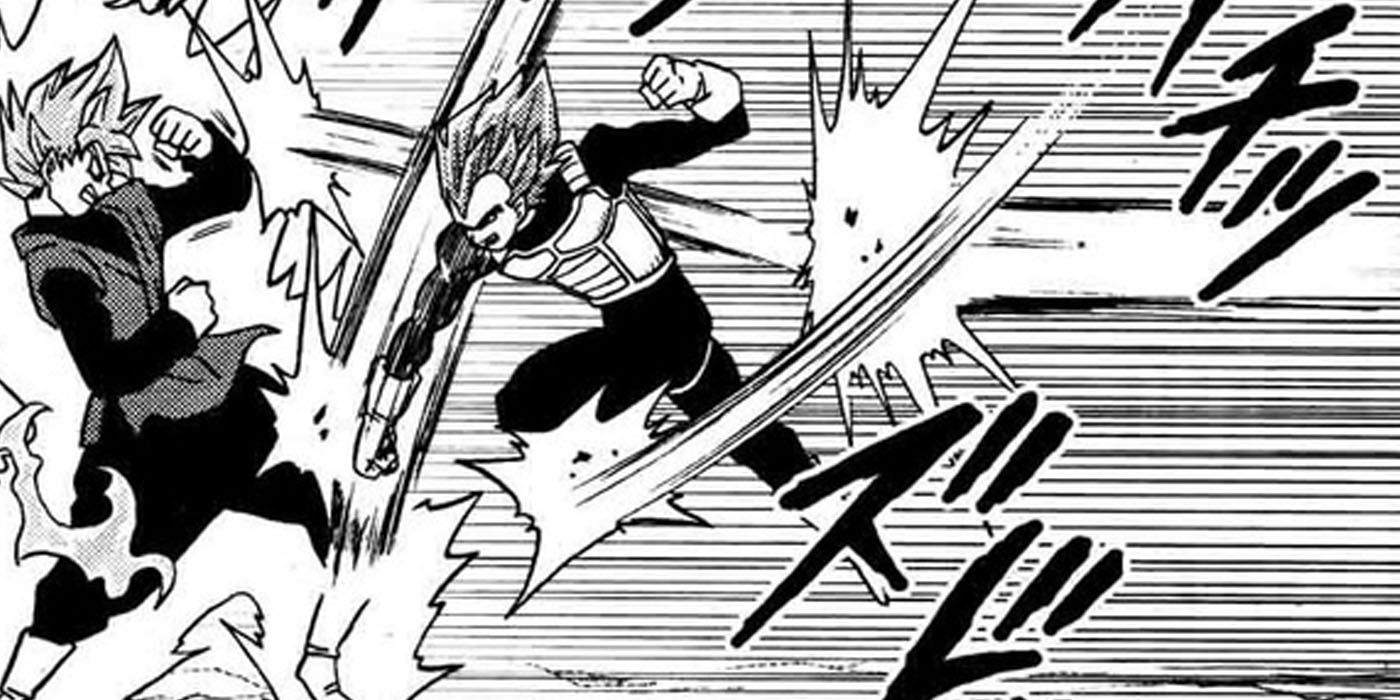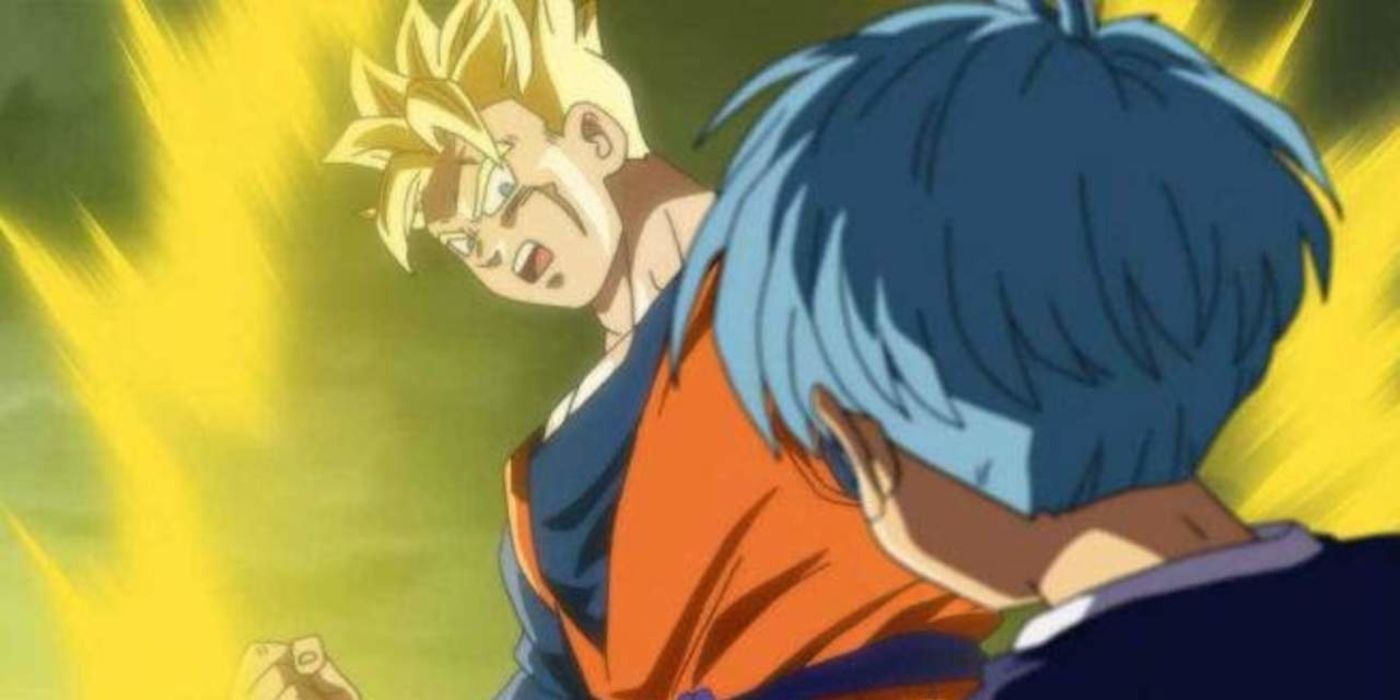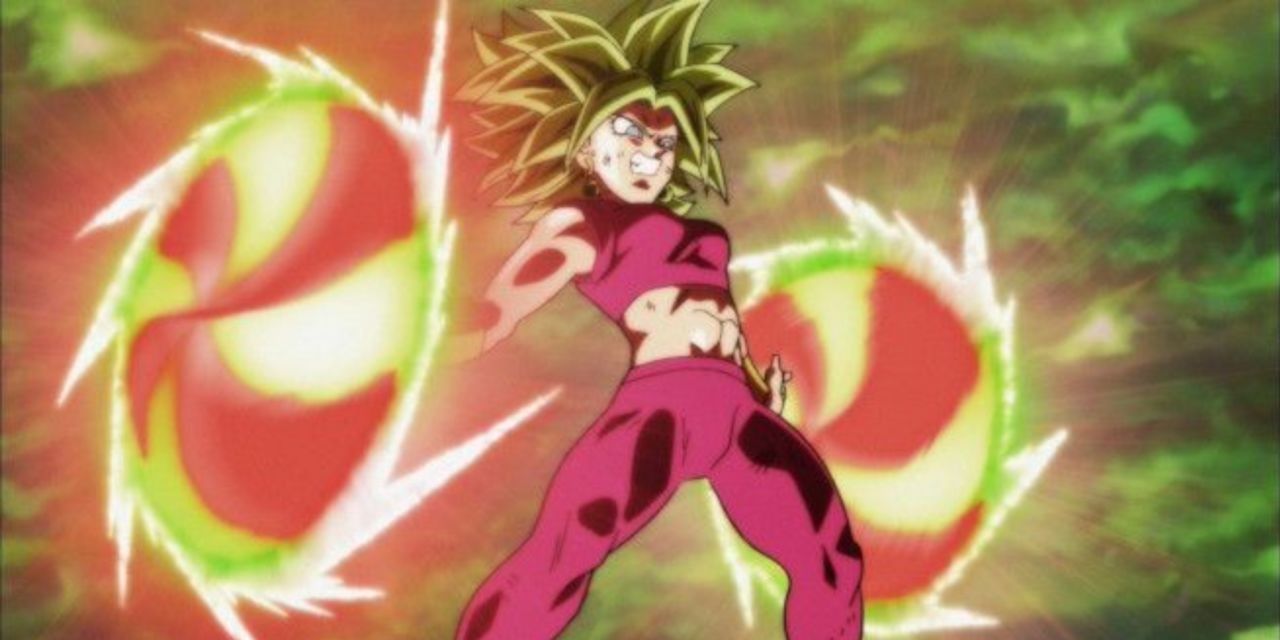The iconic return of the Dragon Ball franchise's anime series in 2015 also saw the return of Toriyama's legendary manga, this time, with lifelong fan Toyotarо̄ being in charge of the story and art going forward; while the series' original author oversees the overall production. Despite the fact that the anime and the manga are effectively the same story, there are marked differences between the anime and manga versions of Dragon Ball Super; which were released around the same time.
The manga's monthly release schedule also meant that the anime series would be charging ahead with its own story; however, due to the desire for them to reflect the same canon, the anime and its feature films have had a great influence over what usually would be the source material. Even though this may be the case, there are several obvious differences between the anime and the manga, so here are some of the biggest differences between the Dragon Ball Super anime and its manga.
Saw The Movie? Great, Moving On
One of the biggest differences lies in the feature films that have been released since the first: Dragon Ball Z: Battle of Gods; which was released in 2013. This film was the introduction to the Super sequence of events and the events of the movie are adapted for the anime and the manga. The manga debuts Champa and Vados very early on, showing them doing what is later revealed to be a collection of the Super Dragon Balls. The manga series does not re-depict the storylines from the Dragon Ball Super movies, but makes brief references to them and draws upon them in order to place the story arcs on the same chronology. As such, while the Resurrection of Frieza occurs in both the film and the manga, the manga only spends a few pages explaining those events before moving on.
This also happens with the events of the Dragon Ball Super: Broly movie; which were completely left out of the manga except for a double-page spread depicting the battle, prior to the events of what comes to be known as the Moro Arc. Dragon Ball Super: Super Hero is set after the events of the Dragon Ball Super anime, which places it somewhere in between the Tournament of Power and the aforementioned Moro Arc. Since the anime ran on a weekly schedule and the manga monthly; not to mention the set of canonical Dragon Ball Super movies that were released, the former very quickly ran ahead of the latter despite being depictions of the same basic set of events. This means that the Dragon Ball Super anime and manga are in a relationship where one feeds into the other and vice-versa; something which was seen to some extent in the manga of the 2014 anime series, Akame ga KILL!
Elite Warrior
The Super Saiyan God form is initially presented as achievable through a unique ceremony involving several pure-of-heart Saiyans; however, one of the major differences in the anime and the manga of Dragon Ball Super is how Goku and Vegeta make use of the form and its successor, Super Saiyan Blue. In Resurrection of F, Vegeta is also able to transform into Super Saiyan Blue, putting him on equal footing with Goku in theory; however, Vegeta is never shown performing the ceremony required to achieve the form's predecessor. In the manga; however, Vegeta achieves Super Saiyan God and even comes up with interesting ways to use it, like when he realized that it was the key to overcoming the immense stamina drain of Super Saiyan Blue during the Zamasu Arc.
Interestingly, the form only features this intense drawback in its manga version. Vegeta's intelligence led to his use of Super Saiyan God in all movement leading up to his attacks, before transforming into the more powerful Super Saiyan Blue at the moment of striking. Vegeta's debut of the Super Saiyan God form in the anime happened during the Broly fight. The anime version of Goku tends to rely on a cocktail form that brings together the immense power boost of Super Saiyan Blue with a long-forgotten technique – the Kaioken. This composite form is not seen in the manga.
The Ultra Instinct Phenomenon
In the manga, Ultra Instinct is defined as a state that Goku gains access to as a result of a lifetime of rigorous training under various masters, and as such, one of Goku's most significant teachers is shown being able to perform a technique that is eerily similar. During the Tournament of Power, Master Roshi shows an incredible level of agility as he proves to be untouchable at some point during the combat, even against an opponent like Jiren, as long as he remained focused. His instinctual dodging was so perfect that both Beerus and Whis watched with a high level of curiosity and intrigue, speculating that the old man may in fact be performing a technique in the realm of the divine.
In the anime, Ultra Instinct is first described by Whis as a technique that separates a fighter's consciousness and body, enabling the body to subconsciously evade and attack – a different, yet not completely separate understanding of what the technique is. The manga emphasizes Goku's study of Martial arts, with Master Roshi being one of the main keys to his initial unlocking of the Ultra Instinct technique.
Multiverse of Madness
When a 10th Universe Supreme Kai apprentice goes berserk and tries to extinguish all mortal life in an extremely convoluted plan involving time travel and body swapping, Future Trunks is again thrust into a hopeless battle against a powerful foe. However, the abilities and actions of Zamasu, later known as Goku Black, in the anime and manga are quite different. For one, the main villain does not achieve his Super Saiyan Rosé form immediately, but rather takes quite a beating from Vegeta, and is healed by his other self before tapping into his power, courtesy of the Saiyans' inherent ability to return from the brink of death even stronger than before – the Zenkai Boost. In the anime, Zamasu's power-up occurs mid-battle, while he's taking damage, which is very different from how the phenomenon has occurred throughout the franchise.
In this arc, the Super Saiyan Blue form is perfected by Goku, who finds a way to control its huge drain on stamina by controlling its fluctuating aura. In the anime, during the climactic battle against Fused Zamasu, the villain merges himself with the universe itself, proving to be unbeatable until Zeno's intervention. In the manga; however, Fused Zamasu presents a different problem, as being cut in half with the Z-Sword only ended up creating a Hydra-esque terror of countless multiplying Fused Zamasu's, all of whom had the same level of power as the original.
Miscellaneous Abilities
It is revealed that the teamwork of Zamasu and Goku Black is what enabled the latter to continuously battle and regenerate regardless of damage. This is chalked up to Zamasu's healing abilities, which Trunks is also later revealed to possess, due to his status as the apprentice to the Supreme Kai in his own timeline. Future Trunks, having become a Supreme Kai's apprentice during his timeline's equivalent of the Majin Buu Saga, retained this ability and was able to use it to save several characters who were on the brink of death.
Trunks doesn't have these powers in the anime. It is also worthy to note that the anime version of Future Trunks essentially creates a whole new branch of Super Saiyan transformation in what is commonly referred to as "Super Saiyan Rage". There is no Super Saiyan Rage in the manga.
More Depth?
The anime and the manga are also different in their presentation of certain aspects like character relationships and the general sequence of events itself. There are far fewer inconsistencies in the manga, particularly when it comes to character abilities and the story at large. This is evident in aspects like the relationship between Kale and Caulifla, as well as the character of Kale herself, which is shown more care and development in the manga. Her admirance of Caulifla is central to her character; however, the anime overplays Kale's reliance on her Berserk State. In the manga, Kale hides her true abilities out of respect for Caulifla, who found her and took her in off the streets, and unlike in the anime, the Berserk State has its drawbacks. Kale is treated like more of her own character in the manga, as opposed to being treated more like an extension of Broly. Gohan even gets to fight against the fused result of Caulifla and Kale: Kefla, in a bout that simply doesn't happen in the anime.
The conclusion of the Tournament of Power in both the anime and the manga is a win for Android 17; however, the exact sequence of events regarding his victory is vastly different. In the manga, Android 17 and Frieza devised a strategy that would use the chaos from the battle royale structure of the tournament to conserve strength and guarantee that someone from Universe 7 was always still in the mix. The manga version of events explains that 17 could not have initiated his internal bomb because Krillin wished it away in the aftermath of the Cell Saga, while in the anime, 17 survives the explosion with not much of an explanation.

